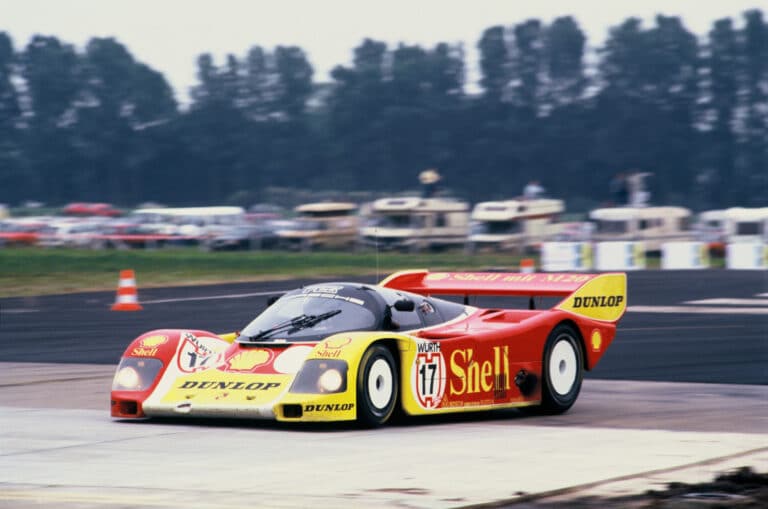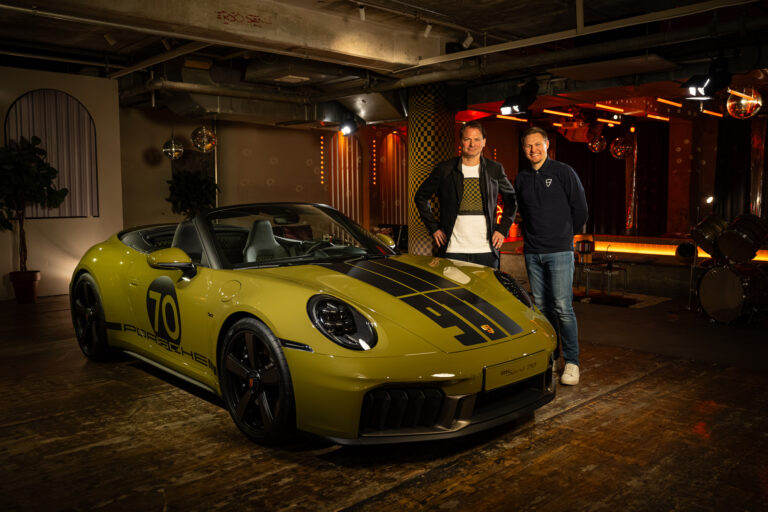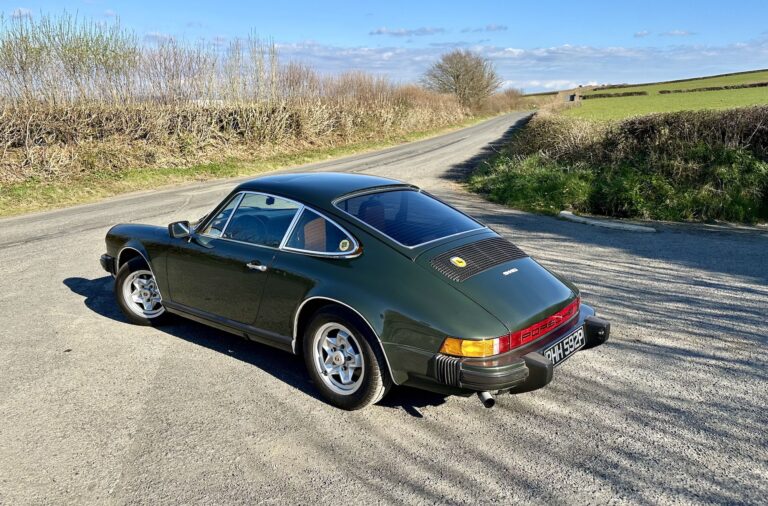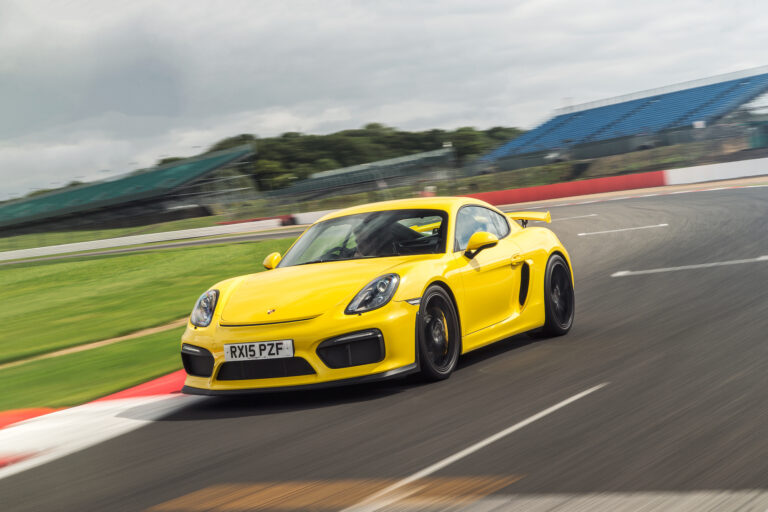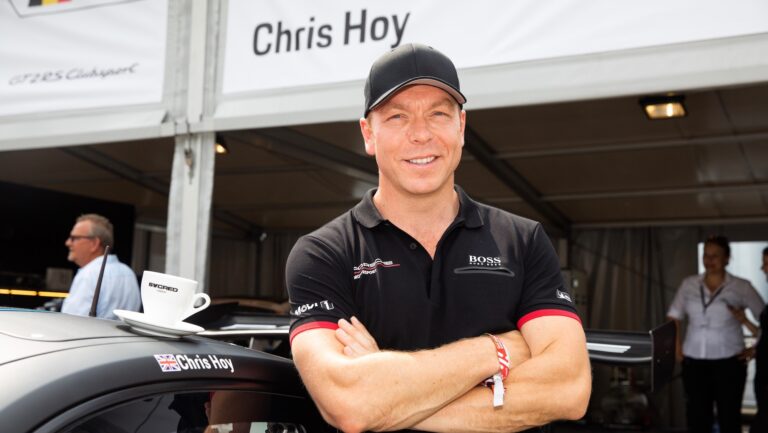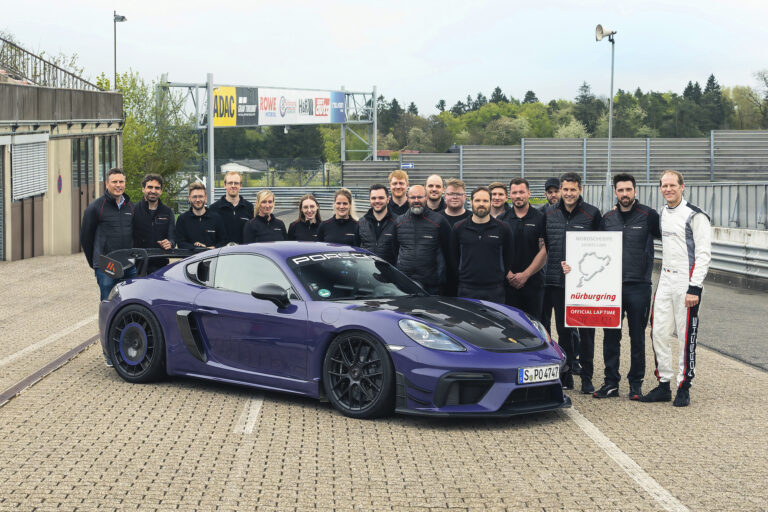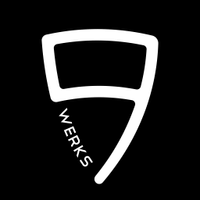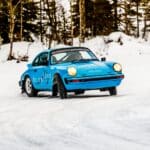 By Lee Sibley
4 years ago
By Lee Sibley
4 years ago
The engineering genius of Ferdinand Porsche
Ferdinand Porsche's exploits took him from electrical experiments to the summit of the burgeoning automotive industry, via close ties with the Nazi party and beyond
In 2014, the Porsche Museum in Stuttgart, Germany, celebrated its five-year anniversary by putting on display a car that, in truth, actually resembled somewhat of a wooden wagon. The vehicle had been discovered in an undisclosed Austrian warehouse a year earlier – a dusty, century-old creation that would have featured four seats (now missing), an open-air chassis that could be used in both summer and winter, an electric motor (also missing), and large wooden wheels that were wrapped with pneumatic tires – and its official name was, in fact, the Egger-Lohner electric vehicle, C.2 Phaeton model.
Most fascinating to the car world, however, was not the fact that a gem produced in 1898 and lost in 1902 could remain undiscovered for 111 years, but what happened to be stamped on the key components that still remained intact. “P1”, they read: the mark of one Ferdinand Porsche, and further affirmation that before the company that now bears his surname, before 911s and profit margins and even ties to the Nazi Party, there was simply a man who was fascinated by the development of automotives – and who was willing to experiment with electricity as a means of doing so.
Born in 1875, Porsche’s interest in electricity stemmed back to his childhood in Northern Bohemia – an area that was then part of Austria-Hungary and now falls under the Czech Republic. Porsche’s father, Anton, owned a workshop, and in his teenage years, the younger Porsche would find himself helping his father by day and attend technical school by night. At home, Porsche was installing doorbells by 13 and experimenting with electrical lighting by 16 – a positive attitude that, with the help of a recommendation, landed him a job with the Vienna-based electrical company Bela Egger & Co. when he turned 18.
Categories
It was here, in the capital, that Porsche’s formative work with the marvels of electricity began. Now with a day job that involved the medium, Porsche was able to attend occasional classes at a local university after work, which, despite not ending with a formal education in engineering, saw Ferdinand develop the skills to produce an almost friction-free drivetrain by mounting electric motors in the front wheel hubs.
This work helped the engineer become the company’s head of testing, before landing a job at Jakob Lohner & Co., in 1896. Previously, Jakob Lohner had built coaches for the likes of Emperor Franz Joseph I of Austria, but two years prior to Porsche’s arrival, the company declared its interest in moving into automobiles. It’s first unveiling was the vehicle colloquially known as the P1. Weighing 2,997 pounds, the 12-speed vehicle was mounted with an octagonal electric motor that was designed by Porsche himself and could reach a top speed of 21 miles per hour. It could also travel 49 miles on a single charge.
The P1’s advancements were none more apparent than in September 1899, when Porsche took the car to an international motor vehicle exhibition in Berlin. The P1 represented one of 19 electrical vehicle manufacturers; there were around 120 exhibitors in total, mostly with gas-powered vehicles. Over a 24-mile race for electric cars – which included a high-speed section and efficiency tests – the P1 won by 18 minutes, claimed the efficiency title in the process, as many competitors failed to meet the minimum speed requirements or even reach the finish line.
This groundbreaking work on the P1 saw Porsche become Jakob Lohner’s chief designer shortly after, and, in 1900, the Porsche would once again dazzle the automobile world.
At the Paris Exposition Universelle, or World’s Fair, he unveiled a Lohner-Porsche under the name “La Toujours Contente”: a 23-mph-top-speed sports car fitted with four electric wheel-hub motors; the first all-wheel passenger vehicle in the world. (For perspective, it would be more than 60 years later that NASA scientists would use the concept for its Lunar Rover.)
Despite the vast speeds that could be achieved, the Lohner-Porsche’s weight and limited battery life meant it lacked range. So, in 1901, Porsche introduced the “Lohner-Porsche Mixte Hybrid”: a car that saw an internal combustion engine drive a generator, which, in turn, drove the electric wheel hub motors. This was the first petroleum-electric hybrid vehicle on record, and with Porsche at the wheel, a front-wheel drive version of the car won the Exelberg Rally the same year.
Most of the 300 Lohner-Porsches sold over the five years that followed were front-wheel drives, their speeds of 35-miles-per-hour breaking Austrian speed records. During this time, Porsche also drove one of his own vehicles while serving as a driver for Archduke Franz Ferdinand. He was awarded the Pötting Prize for being Austria’s most outstanding automotive engineer, in 1905.
This growing reputation – and still having just turned 30 – meant it was not long before other car companies came a-calling for Porsche’s services in higher roles. In 1906 he became the technical director of Austro-Daimler, now overseeing the model range for one of Europe’s leading automobile companies. Jakob Lohner would say, somewhat prophetically, “He is very young, but is a man with a big career before him. You will hear of him again.”
By 1916, Porsche had advanced to the role of managing director. Many of his achievements at the time came in the racing sector, with Porsche himself winning the 1910 Prince Henry Trial (a precursor to the German Grand Prix), and his 1922 design captured 43 of 53 races it was entered in.
After leaving the company in 1923, Porsche experienced more racing success while at Daimler Motoren Gesellschaft, in Stuttgart, designing the dominant supercharged Mercedes-Benz S Series of the era. He would leave the company over differences, though, and after a short-lived move to Steyr, Porsche was made redundant during the Great Depression in 1929.
It was this redundancy that resulted in the transition from Porsche as a pure designer to someone who would now have to considered himself a businessman. In April 1931, Porsche registered his own company in the center of Stuttgart, helped by the financial backing of Anton Piech and racing driver Adolf Rosenberger. Porsche’s son, Ferdinand Anton Ernst Porsche, known as Ferry, also worked for the company.
Initially a consulting and design firm, the early work of Porsche as a company was representative of a nation which, in the early 1930s, saw only one in 50 Germans own a car; luxury models predominantly filled the streets. (America, by contrast, had 46 percent of households owning a car around the same era.) That all changed, however, when struggling manufacturers formed the Auto Union Gmbh, in 1932, and the following year, at the Berlin Motor Show, German Chancellor Adolf Hitler announced his plans to motorize a nation. Porsche would also lead the push for the Auto Union’s racing arm, which would go on to dominate in the buildup to the war.
More opportunities meant Porsche was awarded the contract for designing the “people’s car” – or Volkswagen – in 1934. It was during this time that, as reports have since suggested, the greatest prism into Porsche’s willingness to put business over ethical stances can perhaps be seen, especially with regards to forced labour and close ties to the Nazi Party.
With Hitler seeing Czech’s as subhuman, Porsche was advised to apply for German citizenship around the time of signing the Volkswagen contract. Despite not necessarily believing in the views of the National Socialist German Workers’ Party, Porsche gave up his Czechoslovak citizenship in 1934; joined the Party in 1937; and later entered the S.S., from which he received drivers and security members at his Volkswagen factory.
Though early pre-production versions of the Volkswagen were rolled out, the start of World War II shifted the focus to its military equivalents, the Schwimmwagen and Kubelwagen, which had come about following 1938 discussions between high-ranking Thirds Reich army officials and Porsche, who was willing to oblige in making a lightweight military equivalent.
By 1942, Porsche had also produced a heavy tank, the VK4501, for Hitler’s “Tigerprogram” – though the company lost out to fellow manufacturer Henschel, which would produce the renowned Tiger I. The 90 to 100 Porsche chassis that had been produced were converted into tank destroyers, known as Ferdinands.
Reporting since has stated that, despite being classed as a small engineering office in Stuttgart during wartime, Porsche’s profits jumped from around 3,000 Reichsmarks in 1934 to more than two million in 1944. Porsche himself, having visited Ford’s plant in America, was also intrigued by productivity. It’s also been shown that hundreds of workers were slave laborers, including a large portion of the Volkswagen workforce.
After the war, with Volkswagen’s factory now under British control, Porsche was arrested by the French Army for war crimes, along with Ferry and Anton Piech. Ferry was later released, and while Ferdinand served a total of 22 month in prison, it was up to the son to steer the company through this, the most difficult of times, repairing cars, water pumps and winches in an Austrian warehouse.
Ferry’s determination helped secure a contract with Piero Dusio for the Cisitalia Grand Prix race car – money from which was used to pay the bail of his father and Piech. Observing his son’s work, Ferdinand declared, “I would have built it exactly the same way, right down to the last screw.”
In 1948, Porsche, through a company Ferry would set up after the war, would release its first production car, the Porsche 956. The 956 was designed by Ferry but was seen as a direct cousin of his father’s Volkswagen Beetle, which had entered mass production for civilians following the war. With the company struggling to borrow cash, Ferry helped raise advanced orders of the 956, while Ferdinand would receive a royalty for each of the Type I Beetles sold.
By 1950, Porsche Sr. was once again serving as a consultant of Volkswagen. But, just weeks after visiting the factory to advise on the future of Beetles, Porsche died as the result of a stroke, age 75, on January 30, 1951.
Over the decades that followed, more than 20 million Type I Beetles would be built, making it the highest-produced car of all time – a far cry from the ambitions of a 20-something-year-old, who, with a whirling imagination, simply liked to play with electricity and would proudly stamp his first mark on the automotive world with that, the most modest of markings: P1.


